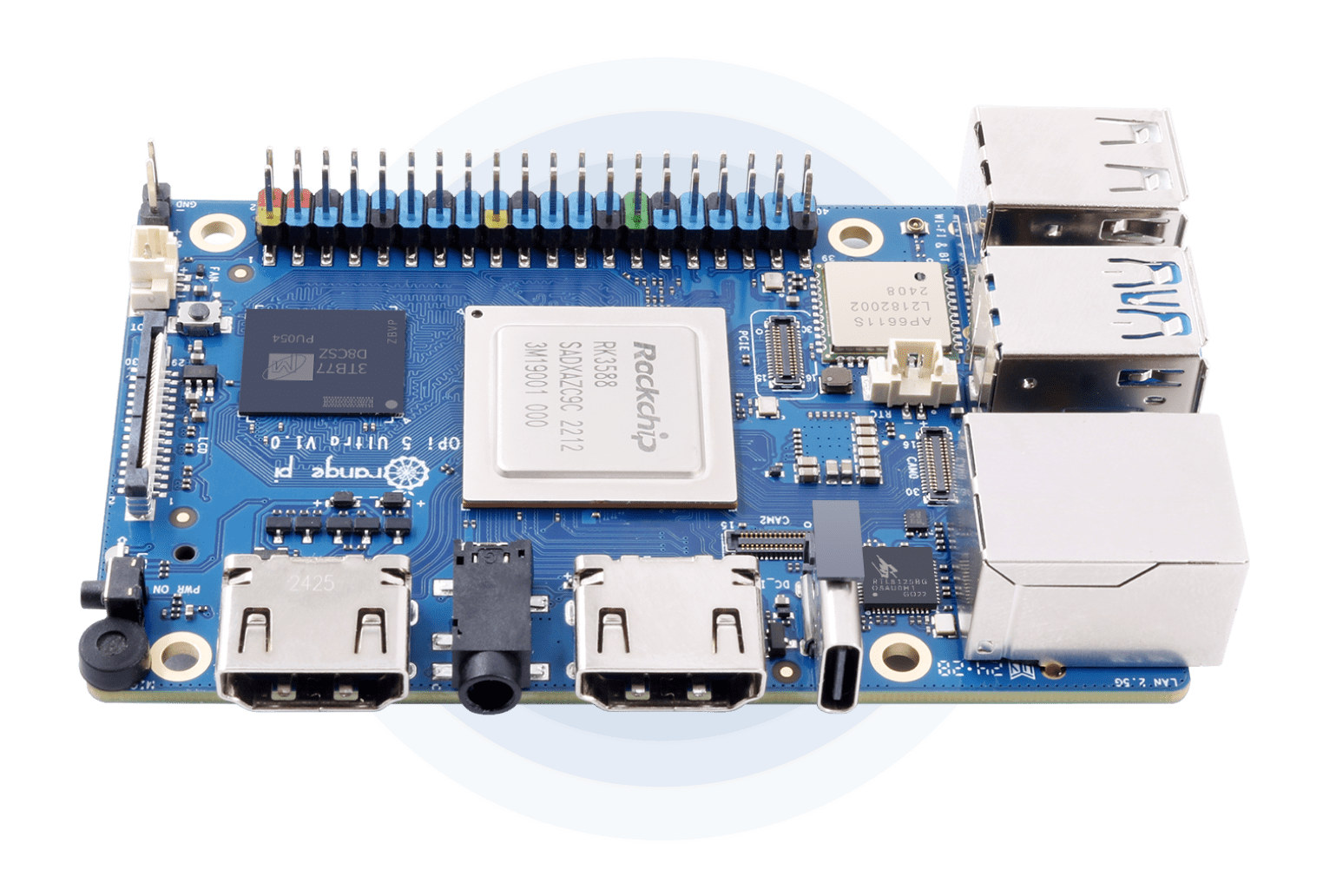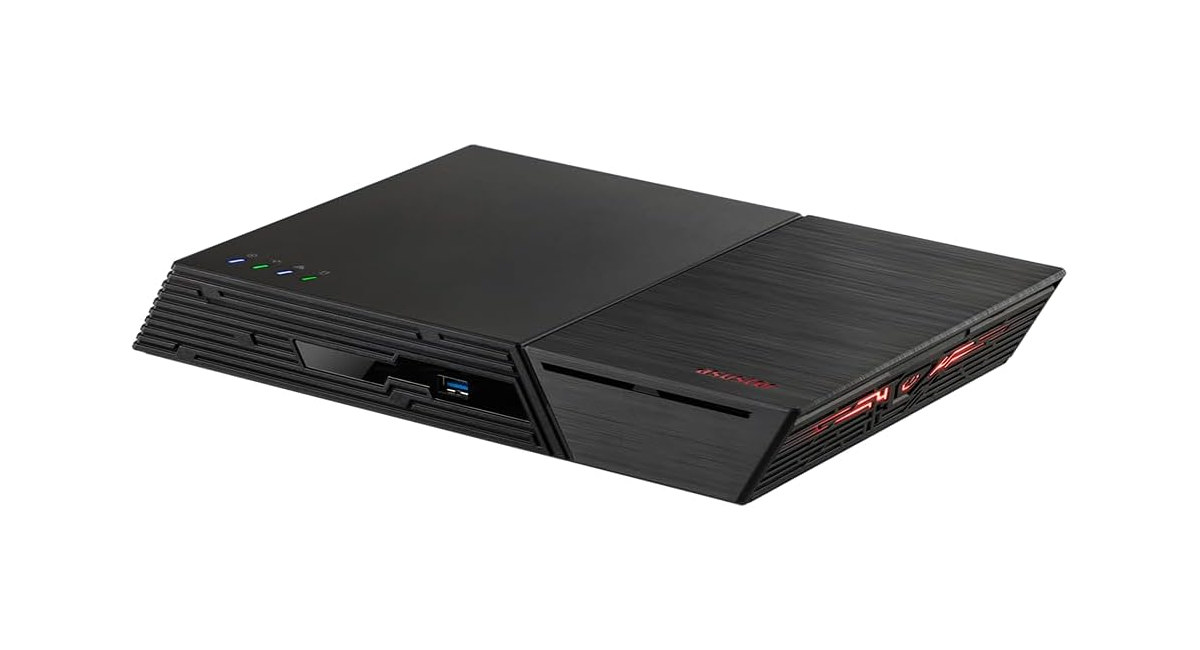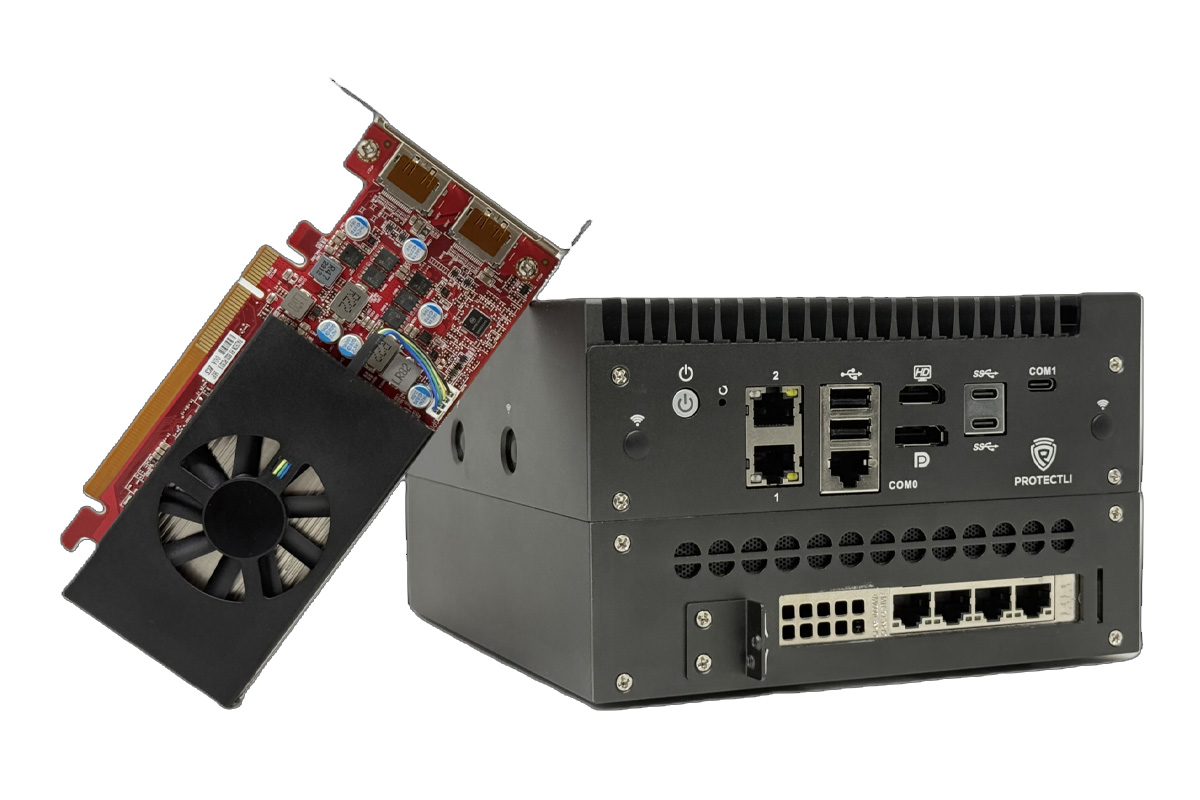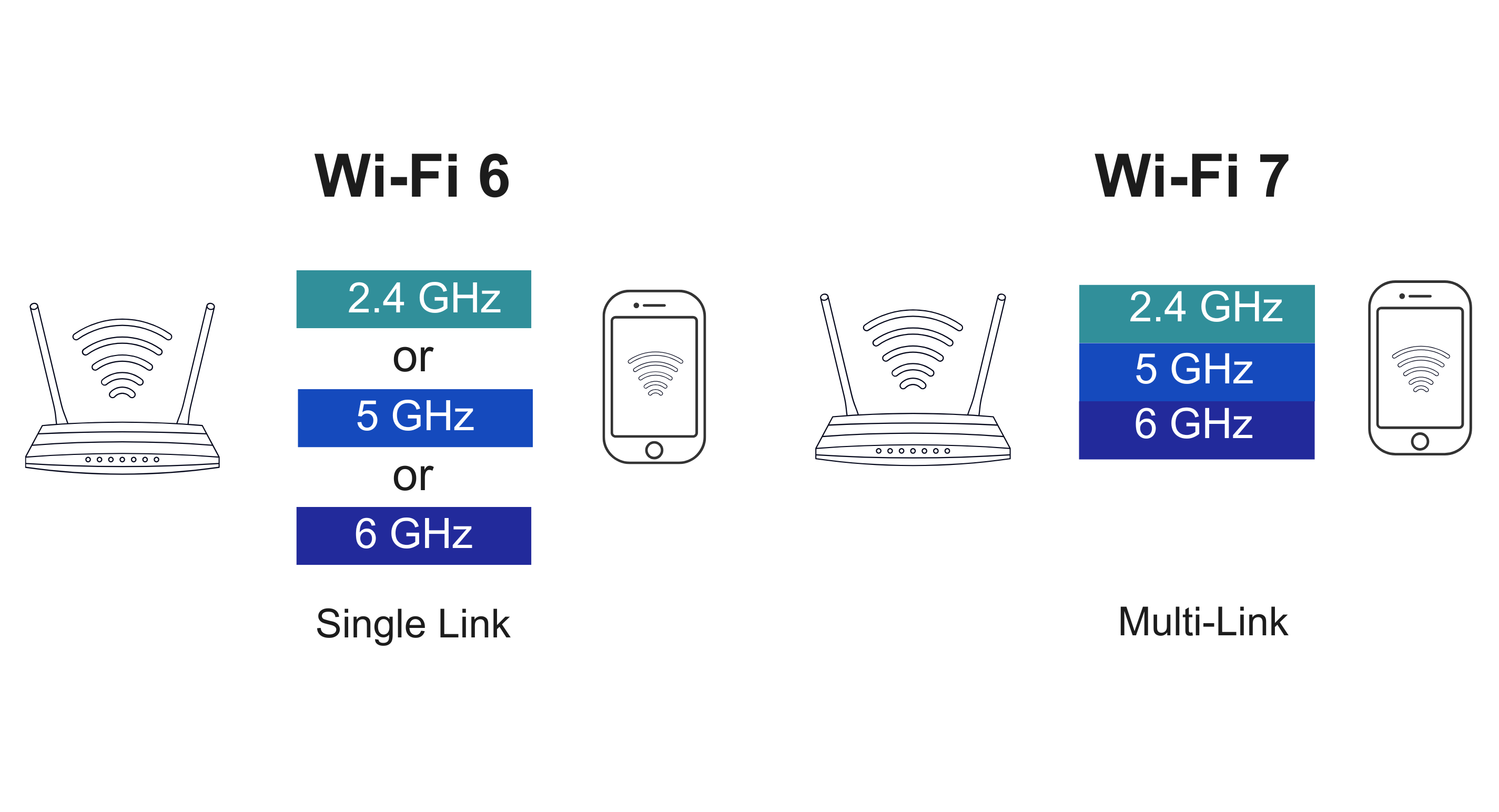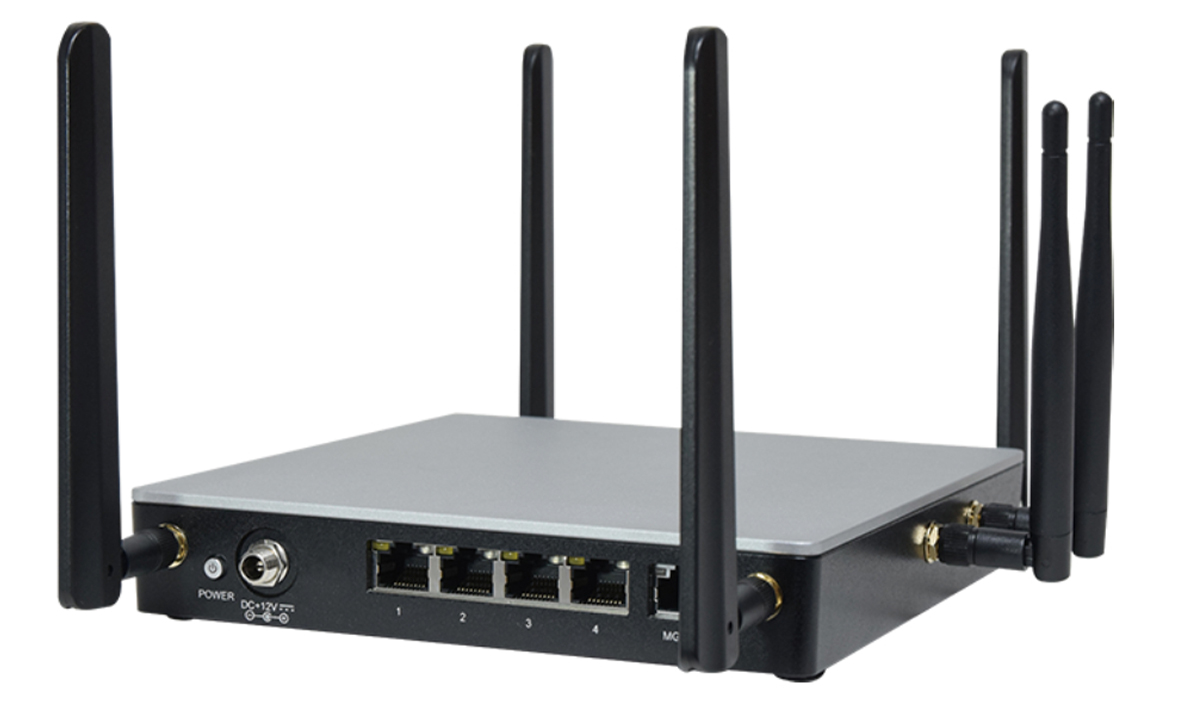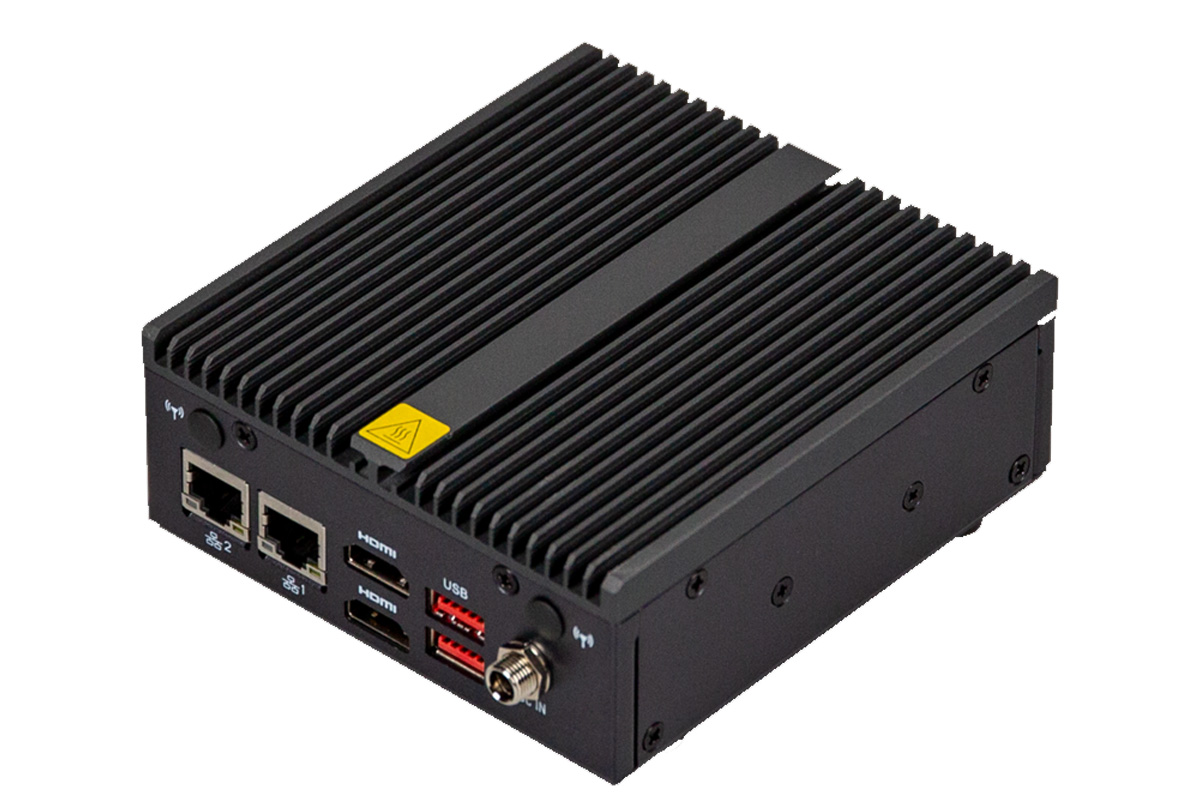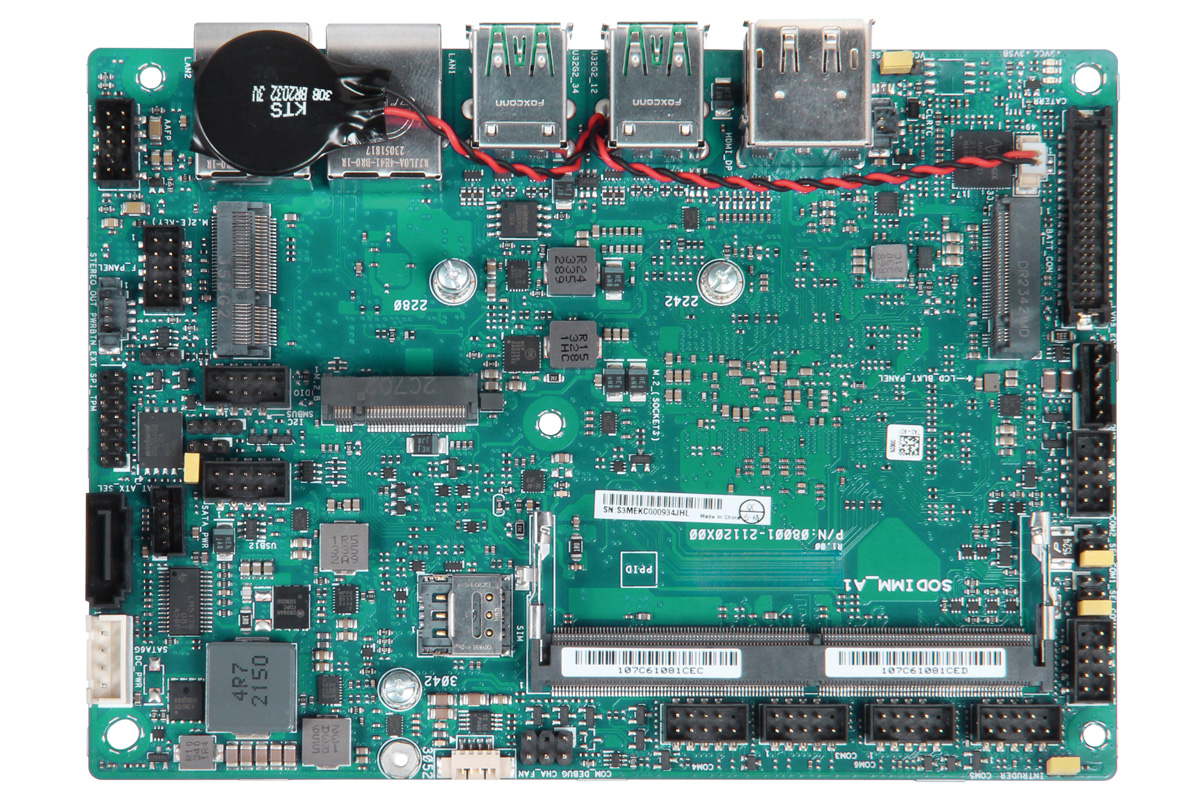The Orange Pi 5 Ultra is a Rockchip RK3588 SBC that’s slightly larger than a business card and visually identical to the Orange Pi 5 Max introduced last August, but replacing one of the two HDMI 2.1 video outputs on the latter with an HDMI 2.0 input port. The new single board computer is still offered with up to 16GB LPDDR5, an eMMC flash module connector or soldered-on eMMC flash, an M.2 socket for an NVMe SSD, 2.5GbE and WiFi 6E networking, and four USB 3.0/2.0 ports. Orange Pi 5 Ultra specifications: SoC – Rockchip RK3588 CPU – Octa-core processor with 4x Cortex-A76 cores @ up to 2.4 GHz, 4x Cortex-A55 cores @ up to 1.8 GHz Arm Mali-G610 MP4 GPU with support for OpenGL ES1.1/2.0/3.2, OpenCL 2.2, and Vulkan 1.2 6 TOPS AI accelerator with support for INT4/INT8/INT16/FP16 mixed operation VPU – 8Kp60 H.265/VP9/AVS2 10-bit decoder, 8Kp30 H.264 decoder, […]
ASUSTOR Flashstor Gen2 NAS features AMD Ryzen Embedded V3C14, 10GbE networking, up to 12x NVMe SSD sockets
ASUSTOR Flashstor 6 Gen2 and Flashtor 6 Pro Gen2 are NAS systems based on AMD Ryzen Embedded V3C14 quad-core processor with up to two 10GbE RJ45 ports and taking up to 6 or 12 M.2 NVMe SSDs respectively. The Flashstor Gen2 models are updated to the ASUSTOR Flashtor NAS launched last year with similar specifications including 10GbE and up to 12 M.2 SSDs, but based on a relatively low-end Intel Celeron N5105 quad-core Jasper Lake processor. The new Gen2 NAS family features a more powerful AMD Ryzen Embedded V3C14 SoC, support for up to 64GB RAM with ECC, and USB4 ports. The downside is that it lacks video output, so it can’t be used for 4K/8K video consumption like its predecessor. Flashstor Gen2 NAS specifications: SoC – AMD Ryzen Embedded V3C14 quad-core/8-thread processor @ 2.3/3.8GHz; TDP: 15W System Memory Flashstor 6 Gen2 (FS6806X) – 8 GB DDR5-4800 Flashstor 12 Pro […]
Protectli VP32XX – Alder Lake-N network appliances with dual 2.5GbE, NVMe and SATA storage options
The Protectli VP32XX is a family of Alder Lake-N network appliances for high-performance applications. This compact device comes in two variants: the VP3210, powered by a quad-core Intel N100 processor, and the VP3230, built around an eight-core Intel Core i3-N305 processor. Both support up to 16GB of DDR5 RAM and the company mentions that they have tested it with up to 48 GB. They also include 32GB of eMMC storage with dual 2.5GbE. Storage options include dual M.2 NVMe SSD slots and an expansion bay that supports up to four 2.5-inch SATA SSDs, making them ideal for NAS applications. Additionally, they have various I/O options, including HDMI, DisplayPort, multiple USB ports, and a PCIe slot, making them compatible with multimedia workstations or networking hubs. Protectli VP3200 specifications: Processor VP3210 – Intel Processor N100 quad-core Alder Lake-N processor @ up to 3.4 GHz (Turbo) with 6MB cache, 24EU Intel HD graphics @ 750 MHz; […]
Compex Systems Unveils Wi-Fi 7 Modules with Smart Connectors, Enabling Seamless Multi-Link Operation (MLO) Integration on Conventional CPU Platforms (Sponsored)
Compex Systems (Compex), a global leader in wireless communication technology, is taking Wi-Fi 7 to new heights with an innovative connector design for Multi-Link Operation (MLO). This breakthrough enables seamless deployment of MLO across off-the-shelf platforms, including those with Intel x86 and ARM processors (e.g. NXP and Marvell), eliminating the need for custom-made host boards and unlocking the full potential of Wi-Fi 7 features for a wider range of users and applications. Multi-Link Operation (MLO) is a key performance advantage of Wi-Fi 7 (802.11be), setting it apart by allowing the routing and aggregation of throughput across multiple radio links in different frequency bands. It enables data to be routed through the least congested links, improving overall latency and reliability. MLO can also aggregate bandwidths from more than one wireless link, enhancing throughput and network performance. It is ideal for bandwidth-intensive and real-time applications such as 4K/8K video streaming, cloud gaming, […]
Lanner NCA-1050 – A fanless desktop network appliance with Intel Amston Lake SoC
The Lanner NCA-1050 is a fanless desktop network appliance by Intel Atom Amston Lake processors (X7835RE, X7405C, X7203C) for efficient, low-power performance. Designed for edge deployments, branch offices, and retail environments, it supports up to 16GB of DDR5 4800MHz memory and M.2 SATA storage. With versatile connectivity options, the NCA-1050 features one 2.5GbE RJ45 port, four GbE RJ45 ports, a console port, a USB 3.1 port, DisplayPort, and optional PoE+ support. It also offers two M.2 slots (PCIe/USB3.1), two Nano-SIM slots, and six antenna holes, allowing for flexible expansion and wireless configurations, making it adaptable to various network setups. Lanner NCA-1050 specifications: SoC NCA-1050A – Intel Atom x7835RE 1.3GHz octa-core processor with 6MB cache, 32EU Intel UHD graphics; TDP: 12W NCA-1050B – Intel Atom X7405C 2.2GHz quad-core processor with 6MB cache; TDP: 12W NCA-1050C – Intel Atom X7203C 2 GHz dual-core processor with 6MB cache; TDP: 12W System Memory – […]
GIGAIPC QBiX-ADNAN97-A1 fanless industrial PC features Intel N97 CPU, dual HDMI, dual LAN
GIGAIPC QBiX-ADNAN97-A1 industrial PC is a compact system, powered by the Intel Processor N97 quad-core Alder Lake-N processor. This industrial PC supports up to 16GB of DDR5 memory and features flexible storage options with an M.2 slot for SATA or NVMe drives. Additionally, the QBiX-ADNAN97-A1 supports dual independent displays via two HDMI ports, It also offers dual Gigabit Ethernet, multiple USB 3.2 Gen 2×1 ports, an M.2 E-Key for Wi-Fi/Bluetooth expansion, and a COM port for legacy device connectivity. Designed for reliable operation, this fanless system is ideal for various Industry 4.0 applications, including industrial automation, digital signage, and edge computing. QBiX-ADNAN97-A1 industrial PC specifications SoC – Intel Processor N97 quad-core Alder Lake-N processor @ up to 3.6 GHz with 6MB Cache, Intel UHD Graphics; 12W TDP System Memory – Up to 16GB DDR5 4800 MHz via SODIMM slot Storage – M.2 2280 M-Key socket for NVMe or SATA storage Display 2x HDMI 2.0 […]
Jetway JPIC-ADN1 fanless, industrial Pico-ITX SBC features Intel N97 or N200 CPU, dual display support
Jetway JPIC-ADN1 is a fanless pico-ITX SBC powered by an Intel N97 or N200 Alder Lake-N processor and targeted at industrial robotics applications. The JPIC-ADN1 supports up to 32GB of memory via a single-channel SO-DIMM slot. The SoC comes with UHD Graphics, supporting dual-display outputs via HDMI 2.0b and a 24-bit dual-channel LVDS interface. For storage, it features an M.2 B+M-Key socket and a SATA 3 port, plus an E-Key 2230 socket for wireless expansion. Gigabit Ethernet networking is handled by the RTL8111H GbE controller. Additionally, it has a serial header, 8-bit GPIO, SMBUS, watchdog timer, and much more. JPIC-ADN1 fanless SBC specification Alder Lake-N SoC (one or the other) Intel Processor N97 quad-core Alder Lake N-series processor with Intel UHD graphics; 12W TDP Intel Processor N200 quad-core processor @ up to 3.7 GHz (Turbo) with 6MB cache, 32EU Intel HD graphics @ up to 750 MHz; TDP: 6W Additional compatible CPUs available via regional sales […]
Portwell PEB-2274 3.5-inch fanless Intel Atom x6425E SBC offers triple display support, dual GbE, three M.2 sockets, and more
Portwell has recently launched PEB-2274, a 3.5-inch fanless SBC built around Intel Atom x6425E Elkhart Lake SoC. Key features include up to 32GB DDR4 memory, two Gigabit Ethernet ports, three M.2 sockets for storage and expansion, and a wide 9V to 36V DC power input. Additionally, it has various display interfaces (HDMI, DP, LVDS), multiple serial ports, USB, and audio options. We have already covered several other 3.5-inch inch Elkhart Lake SBCs with dual Ethernet ports including the Avalue ECM-EHL 3.5-inch SBC, Congatec Conga-PA7 Pico-ITX board, the iBase IB836 3.5-inch SBC, and the AAEON GENE-EHL5 SBC. All these boards support dual Ethernet and some of them have support for triple ethernet ports. But what’s unique about the PEB-2274 is that it has dual GbE ethernet, triple display, and a design specifically for industrial applications. Portwell PEB-2274 specifications: SoC – Intel Atom x6425E quad-core processor @ 2.00 GHz / 3.00 GHz […]


